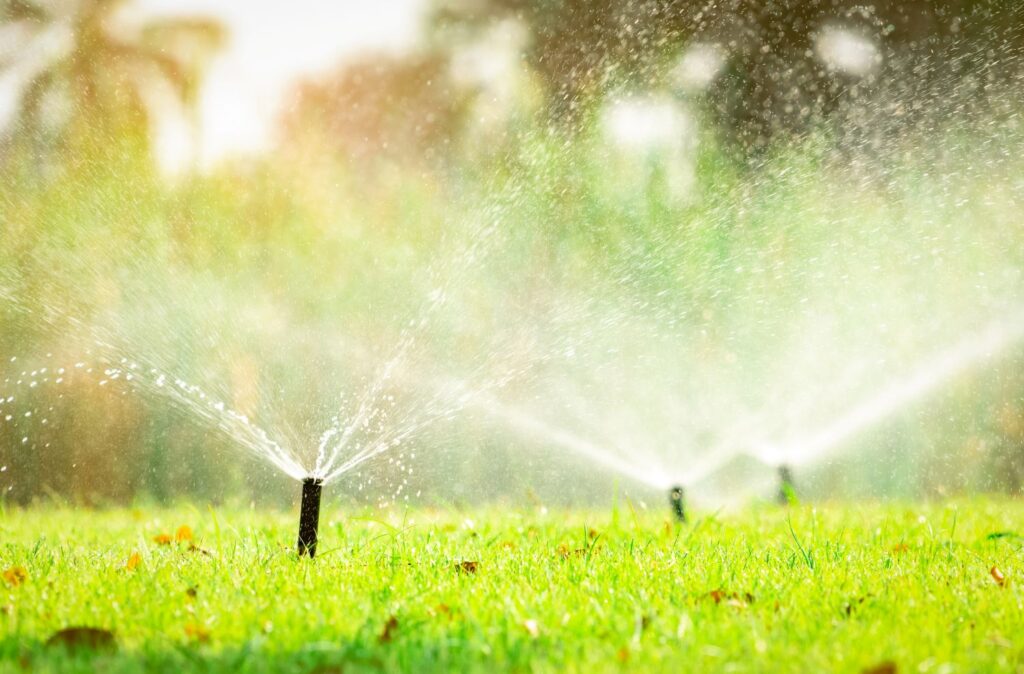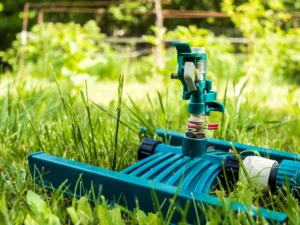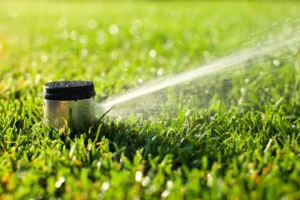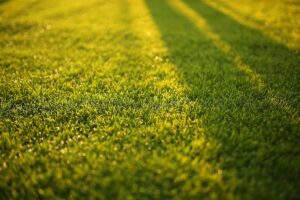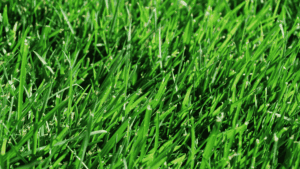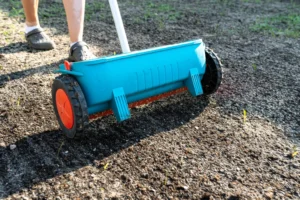Let’s face it – irrigation does not have a ‘one-size-fits-all’ opportunity! Especially in a city like Alpharetta, where your typical homeowner fiddles with everything from shady tree clumps to sun-soaked garden beds, how you water is often just as important as what you water.
At Weed Pro, we can’t count the number of yards we have seen ruined by poor watering configurations – soaked roots, burnt flowers, and sprinkler systems (for sod) that completely miss the mark (literally). Don’t worry, we can help! Watering in the right way can help with plant health, minimize wasting of water and in the common area of amount of watering the yard or garden area can look great from the area of sprinkler coverage to the last soaker hose.
So grab your garden gloves and let’s dive into the best lawn and garden watering strategy that actually makes sense for Alpharetta homeowners!
Why Placement Is Everything in Irrigation
It goes without saying that it is not just about how much water you apply, but also about where you apply it. A well-thought-out irrigation plan can make the difference between a colorful, happy landscape and a collection of patches and struggles.
Trees, shrubs, lawns, flowers, or flower gardens all use different amounts of water and rooting depth. Therefore, a well-planned configuration will be necessary to ensure that sufficient water is directed to the plants to maintain proper water flow, especially in areas where turfgrass is combined with more unaided and flowering plants.
If you are still unsure where or how to start, you are in the right spot.
Tree Trouble: Don’t Water the Trunk!
This is a super common mistake. Putting your emitters or sprinkler heads right at the base of your tree. Seemingly logical, right? After all, that’s where the trunk is. That’s wrong. Most of a tree’s water-absorbing roots are located farther out in the root zone irrigation area—normally at or just beyond the edge of the canopy (also known as the “drip line”).
NOTE: Placement Tip: For trees placed at the edge of the canopy, install a drip line for slow, deep soaking, allowing roots to absorb water effectively. This reduces the risk of root rot and keeps your trees anchored, hydrated, and happy.
Bonus? It also helps prevent overwatering trees—common in Alpharetta’s clay-heavy soils.
Watering Flower Beds the Smart Way
Flower beds are gorgeous—but needy. Shallow-rooted and sensitive, they can easily dry out in Georgia’s heat. Conversely, watering flower beds can lead to over-saturation, which promotes mold, weeds, and plant diseases.
✅ Placement Tip: Use soaker hoses or drip irrigation underneath mulch. This will keep your moisture level and prevent water from washing away soil or drowning plants. Just remember to keep lines a few inches away from plant bases and space them to support layering and zoning irrigation for your plantings.
Also, remember—Alpharetta weather changes quickly. Use timers and moisture sensors when you need to adjust water use during a hot stretch or a rain stretch.
Sprinkler Head Spacing for Turf Efficiency
Whether it’s Bermuda, Zoysia, or Fescue, a lawn design in Alpharetta should be thoughtful to ensure proper sprinkler head spacing to avoid dry spots and runoff. If paired too close together? Then you’re wasting water. If the sprinklers are separated too far, you have patches of uneven coverage.
✅ Placement Tip: Follow the “head-to-head” sprinkler rule—everyone reaches the next head, allowing for full coverage and eliminating the dreaded donut effect (a green ring with a dry center).
Additionally, for the lawn, heads should be placed in separate zones from the garden areas. This is because the turf needs different water timing and intensity than the beds or trees. Customizing the water-efficient design for your yard is what this is all about.
Garden Beds + Trees = Irrigation Overlap
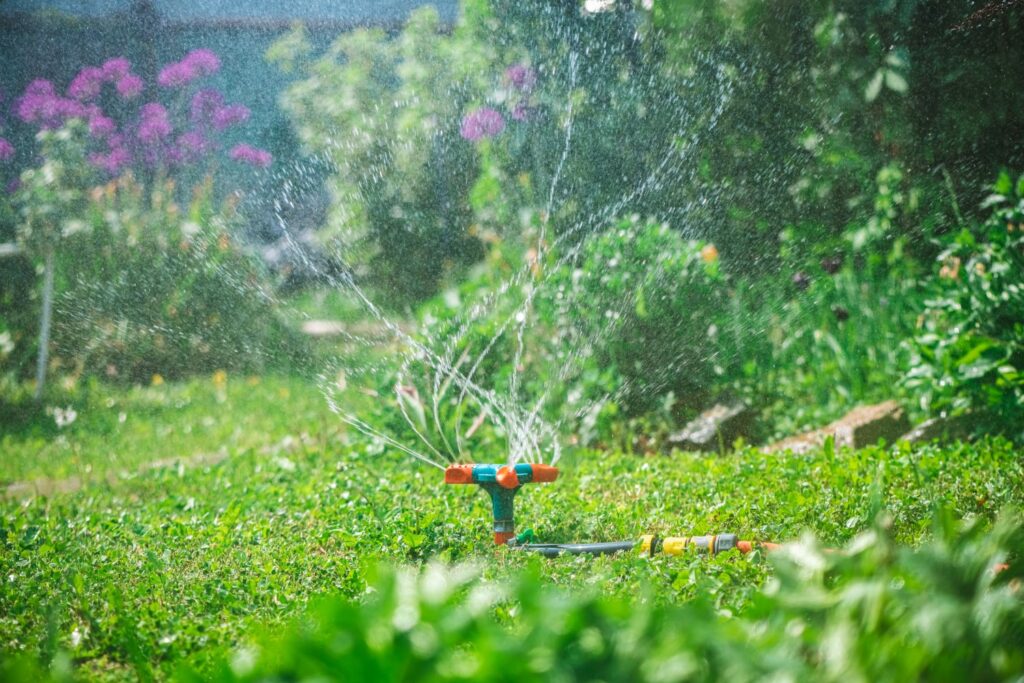
Have you ever nestled plant beds right under or near trees? These situations can make you wonder how to water both without dousing one or starving the other.
✅ Placement Tip: Spray heads in a separate zone with a schedule. Trees typically require deeper, less frequent watering, while garden beds often need more consistent and shallow watering. This is where zone systems or drip lines come in.
Also, this helps limit overlap with roots and keeps both your flowers and maples happy.
Designing an Alpharetta-Friendly Irrigation Layout
Now, let’s take a moment to discuss a macro-level watering strategy for the lawn or garden. Your landscape is more than just grass or flowers—they are all a system—and the irrigation layout should be designed similarly.
Here is a brief checklist:
- Put like plants together (aka hydrozoning)
- Separate valves for lawn, trees, and beds
- Smart controllers with weather sensors
- Don’t put emitters near hardscape with pooled water
- Drip emitters just off-center from the plant base
It sounds like a lot, but with a little planning (or work with Weed Pro), you’ll be watering like a champ in no time.
Bonus Tips for DIYers
If you are the adventurous/DIY type with garden beds, here are some simple workarounds to think about:
- Catch-can test coverage zones to ensure equal coverage
- Install check valves to prevent low-zone leaks
- Use pressure-compensating emitters to have the same amount of flow on slopy areas
- Install tree emitters on a stake if planting near dense shrubs
- Flush the lines to avoid lines clogging in the tight zone irrigation landscaping that may be near bushes
Avoiding the “Too Much of a Good Thing” Trap
Water is life—but too much can lead to havoc in your landscape. From mulch beds being too “wet” or such fungal issues, poor irrigation placement can lead to long headaches.
So it is not just watering, but water management.
When you look at a slope, sun, root depth, type, etc., your irrigation design develops into a beautiful and eco-friendly, low-maintenance system.
✅ Your Go-To Partner for Smarter Irrigation: Weed Pro
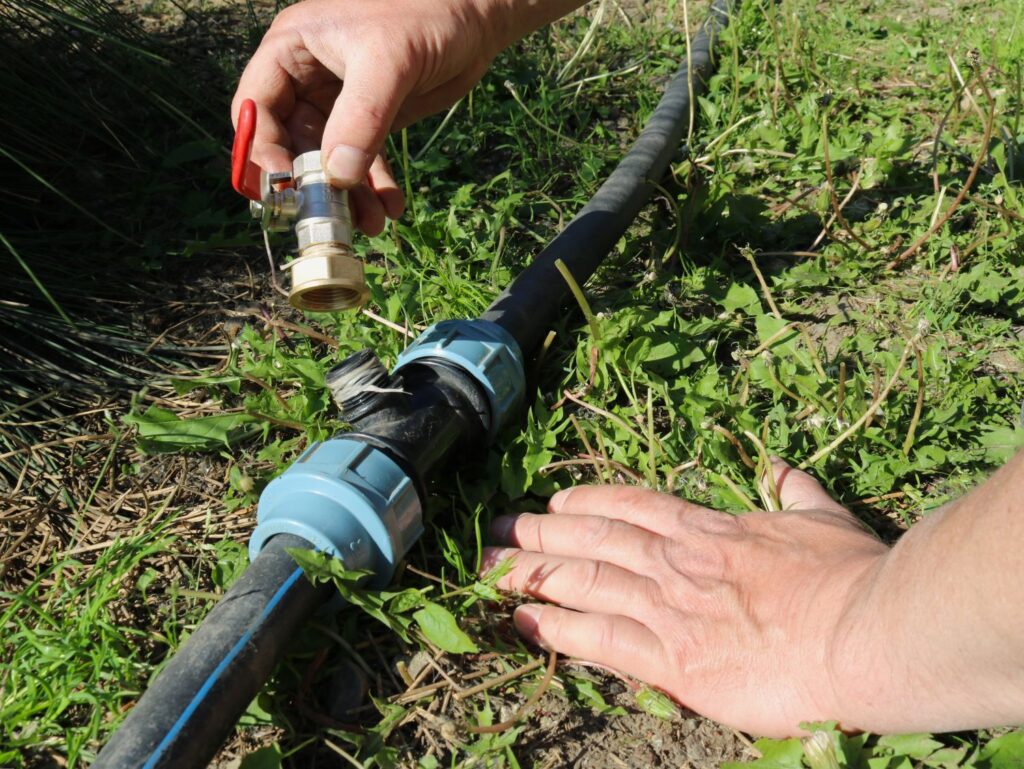
When you set up an irrigation system that is perfectly placed, you are not just satisfying your style, but also ensuring your investment and a healthy yard in Alpharetta. If you are starting a new project or upgrading an existing one, Weed Pro is here to help.
Think about every zone in the lawns or flowers, and we will help you to decide placement, parts, and watering schedule. You’ll love the work Weed Pro does, designed to keep your plants happy, save water, and eliminate stress.
Time to water smarter, not harder. Let’s do this!
❓ FAQ: What Else Should You Know?
Can you combine drip irrigation and sprinklers in one yard?
Absolutely. In fact, that’s often the most effective setup! Drip irrigation works wonders for trees, beds, and shrubs, while sprinklers are better suited for lawns. Just make sure each type is in its own zone, with a custom watering schedule.
What should you do if you have runoff on your patio or sidewalk?
Runoff typically means you’re watering too quickly or the soil is compacted. Try breaking watering into shorter intervals or aerating the soil. You can also redirect sprinklers to avoid hardscape areas or use drip irrigation where runoff is common.
Do newly planted trees need a different irrigation setup?
Yes, they do! Young trees need more frequent, shallow watering until they establish a deeper root system. A dedicated drip emitter placed near the trunk and gradually moved outward as the canopy grows is a smart strategy.
👉 Up Next
Now that your irrigation system is dialed in, let’s talk weed control. Timing is everything! Head over to the next blog: Herbicide Timing in Atlanta: When to Spray for Best Weed Control Results.

